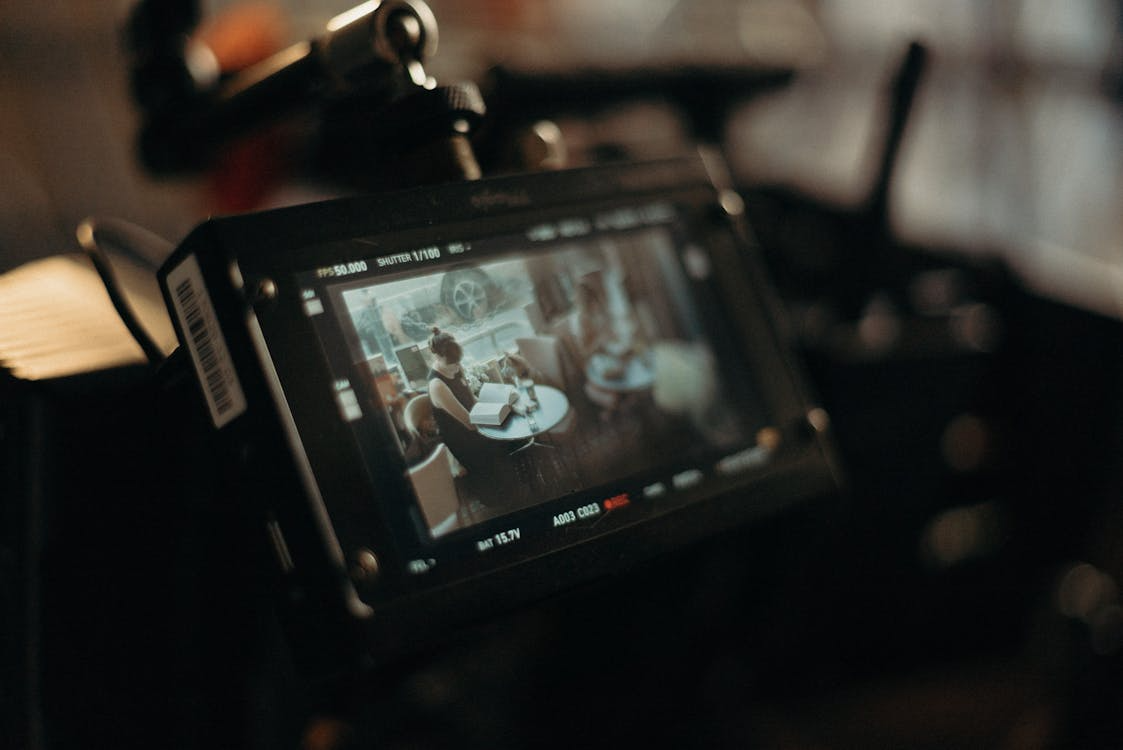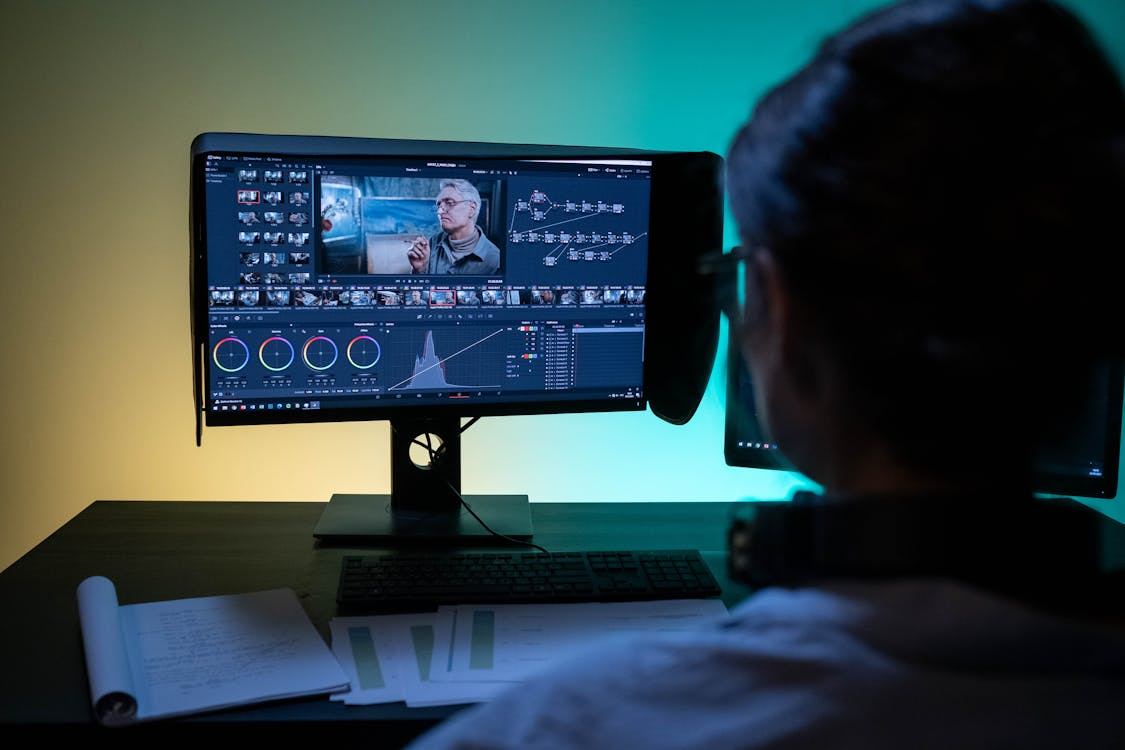In a world where brands are expanding globally faster than ever, the rise of AI-driven translation tools has sparked both excitement and unease. You've probably heard the stories: a marketing slogan that flops in a new market because of a subtle cultural misstep, or a product description that comes across as tone-deaf after being run through an automated system. For many businesses, the big question isn't just about reaching more audiences—it's about doing so without diluting their brand's voice or risking costly errors. Clients often voice real concerns about AI translation quality, wondering if machines can truly capture the nuances that make content resonate. But what if the solution isn't choosing between AI and humans, but blending them in a smart, structured way?
Let's dive into how a modern quality assurance (QA) process, combining cutting-edge AI tools with seasoned human experts, can address these worries head-on. This hybrid approach ensures translations are not only accurate and consistent but also aligned with your brand's unique tone—keeping your content safe and effective across borders.
The Real Concerns: Why AI Alone Isn't Enough for Brand Translations
It's no secret that AI has revolutionized translation, handling vast amounts of text at speeds humans can't match. Yet, for brands staking their reputation on every word, the limitations are glaring. A 2018 study on Google Translate showed 92% accuracy for English-to-Spanish translations but only 81% for English-to-Chinese, highlighting how performance drops with less common language pairs. More recent data from 2024 indicates that AI can achieve up to 94% accuracy in high-resource pairs like English-to-Spanish, but it still falters on idioms, cultural references, and complex contexts.
The pitfalls go beyond raw accuracy. Brands face risks like lost nuances—think of a playful tagline turning awkward in another language—or outright biases embedded in AI training data. Privacy concerns also loom large, as uploading sensitive content to AI platforms can expose data to breaches. And then there's SEO: low-quality AI translations can tank your site's rankings, making your brand seem sloppy and eroding trust. In one analysis, without proper pre-translation prep, one in five AI outputs contains errors needing fixes, which can balloon costs and timelines.
These issues aren't hypothetical. I've seen companies scramble after an AI mishap turned a harmless phrase into something offensive, underscoring why pure automation feels like a gamble for high-stakes content.
Building a Bulletproof QA Process: The Human-AI Hybrid Model
The good news? You don't have to ditch AI to mitigate these risks. Instead, forward-thinking localization firms are pioneering hybrid QA workflows that leverage AI's efficiency while relying on human oversight for finesse. Here's how it typically unfolds in a robust, modern setup:
First, AI takes the initial pass. Advanced neural machine translation (NMT) systems process the bulk of the content, delivering drafts with impressive speed—often reducing project timelines by 40-60% compared to human-only methods. This step handles straightforward elements like basic syntax and terminology consistency.
But that's just the start. Human experts then step in for post-editing, focusing on accuracy, cultural adaptation, and brand alignment. They refine ambiguities, ensure idiomatic expressions land right, and maintain a unified tone across all materials. For instance, if your brand's voice is witty and informal, a linguist might tweak an AI-suggested formal phrasing to keep that spark alive.
Consistency gets its own layer: Tools like translation memory databases and glossaries enforce uniform terminology, while humans verify it fits the context. Finally, a multi-stage review—often involving native speakers and subject-matter experts—catches any lingering issues, from legal compliance to emotional resonance.
This isn't theory; it's proven. Hybrid processes can slash costs by 50-80% over traditional human-only translations while boosting overall quality. A comparative study found human translations scoring 92.7% on quality metrics, with AI close behind at 89.1%—but the hybrid sweet spot elevates both. The result? Content that's not just translated, but truly localized—safe for your brand's global journey.
Why This Matters Now: Trends in the Booming Localization Market
The demand for such sophisticated QA is skyrocketing as businesses go global. The language services industry hit $71.7 billion in 2024 and is projected to reach $75.7 billion in 2025, driven by e-commerce, media, and tech expansions. Fortune 500 companies that invest in localization are 2.04 times more likely to see profit gains, proving the ROI.
Amid this growth, hybrid models are emerging as the gold standard. They address AI's blind spots—like handling technical jargon or privacy-sensitive data—while scaling to meet tight deadlines. For brands in video, gaming, or audio content, this means seamless adaptations that preserve engagement, avoiding the "robotic" feel that turns off audiences.
Take Artlangs Translation, for example. With expertise spanning over 230 languages, they've honed this hybrid approach through years of specializing in translation services, video localization, short drama subtitles, game localization, and multilingual dubbing for short dramas and audiobooks. Their track record includes standout cases, like localizing a hit mobile game for Asian markets where cultural tweaks boosted user retention by double digits, or dubbing audiobooks that captured regional accents flawlessly. Drawing on rich localization experience, Artlangs integrates AI for speed but always loops in native experts to safeguard brand integrity—making them a prime illustration of how this process works in the real world.
Securing Your Brand's Future: Time to Embrace the Hybrid Edge
At the end of the day, quality assurance in the AI era isn't about fearing technology—it's about harnessing it wisely. By weaving AI's power with human insight, you get translations that are accurate, consistent, and true to your brand's essence. No more sleepless nights over potential blunders; instead, confident expansions that drive growth.
If your brand's content is venturing into new territories, consider partnering with specialists who master this balance. The data backs it up, the trends demand it, and your audience will thank you for it. After all, in a crowded global marketplace, safe, resonant content isn't just an option—it's your competitive advantage.











